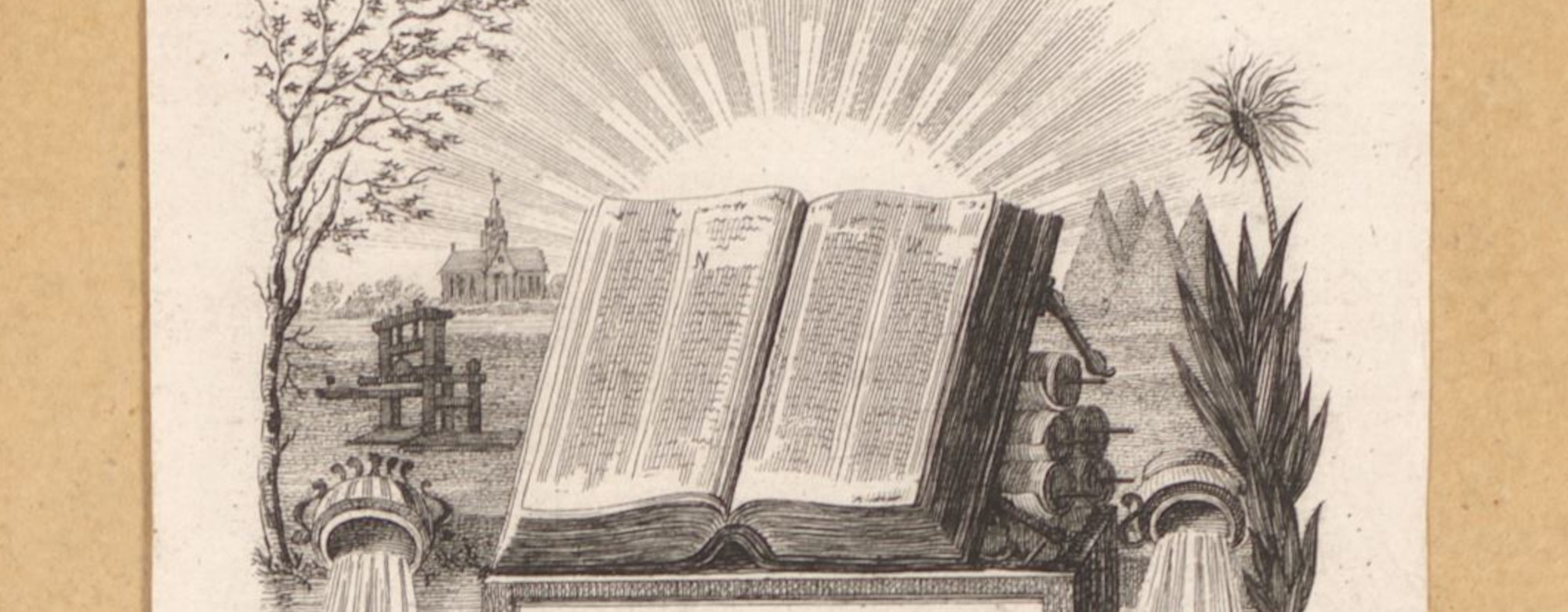Today, MEP Therese Comodini Cachia, the European Parliament’s main rapporteur for the proposed copyright in the Digital Single Market directive published her draft of the JURI report (pdf) on the Commission’s proposal. In line with the initial reactions from the rapporteurs from the Culture and Education (CULT), Internal Market and Consumer Protection (IMCO), and Industry Research and Energy (ITRE) committees Ms. Comoidini’s report points out substantial flaws in the Commission’s unbalanced and backward-looking proposal.
Unlike her colleagues from CULT and IMCO Comodini has limited her report to fixing flaws in the provisions proposed by the Commission. While such fixes are important, this means that her draft report constitutes a missed opportunity to introduce more forward-looking provisions that would strengthen the position of users such as much-needed exceptions providing legal certainty for user generated content and ensuring freedom of panorama in all of the EU.
Below we provide a brief overview of the changes to the Commission’s proposal that Ms. Comodini proposes in her draft report. We will follow-up over the next few days with more in- depth analysis of individual issues.
R.I.P ancillary right for press publishers
Her most straightforward intervention is to delete the Commission’s proposal for a new neighboring rights for press publishers. In line with what we and many others had proposed she instead proposes to solve the enforcement problems of press publishers by improving their ability to act against infringing uses of works published by them:
Member States shall provide publishers of press publications with a presumption of representation of authors of literary works contained in those publications and the legal capacity to sue in their own name when defending the rights of such authors for the digital use of their press publications. (AM 52)
In her justification for this change she not only points out that a new neighbouring right is unnecessary, but states that it would be actually harmful:
However, using digital technology to facilitate the finding of news and press is not necessarily disproportionately harmful to the financial interests of press publishers, and in some cases these linking or referencing systems (such as hyperlinks) facilitate users’ access to online news portals. (page 52)
Ms. Comodini’s rejection of the Commission’s proposal should be one more nail in the coffin of Günther Oettingers ill-advised crusade to abuse copyright legislation to provide publishers with a competitive advantage.
Fine tuning the new exceptions
The draft JURI report also contains sensible improvements to most of the new exceptions proposed in the Commission’s directive proposal:
Ms. Comodini seems to have listened to research organisations, libraries and others (like ourselves) who have argued that the proposed Text and Data mining exception is much too limited. Where the Commission’s original proposal limited the beneficiaries to research organisations, and only for purposes of scientific research, Comodini’s proposed amendments would expand the TDM exception to apply to anyone for any purpose.
In addition, she proposes amendments that mandate publishers to provide a mechanism for users who otherwise do not have legal access to the corpus of works to be able to engage in TDM on the publisher’s content, possibly after paying a fee to those publishers. Finally she also wants to direct Member States to set up facilities to securely store research data sets to ensure accessibility and verifiability of research made possible through TDM.
The draft report also contains proposals to modify the Commission’s proposal for an exception for the use of works and other subject-matter in digital and cross-border teaching activities. Here Comodini tries carefully to adapt the education exception to the needs of the educational sector, but misses the opportunity to get rid of the licensing override to the exception in the Commission proposal. Most worryingly she also adds an accreditation requirement that does not serve to extend the scope of the exception beyond formal educational institutions, and to all educational uses.
While Comodini leaves the proposed exception for the preservation of cultural heritage unchanged (a move that will undoubtedly disappoint the cultural heritage institutions that had argued for a number of additional activities to be covered under this exception) she proposes substantial changes to the articles dealing with access to out-of-commerce works. In line with the arguments brought forward by cultural heritage institutions she adds an exception to the extended collective licensing mechanism proposed by the Commission. In doing so she creates a solution that would also work in member states that lack a well-developed collective management sector.
A mixed bag for users’ rights
Although we continue to believe that deletion is the best approach to dealing with the deeply flawed proposal to force online platforms to filter and censor all materials uploaded by their users (Art 13), the amendments proposed by Comodini in the draft report go a long way toward neutralizing the most problematic aspects of the Commission’s proposal. She rightly recognizes that technological measures that focus only on the enforcements of rights are incompatible with the fundamental balance inherent to copyright law:
Agreements concluded between service providers and rightholders can be implemented using technology, but this must respect the copyright acquis in its entirety: both rights under
copyright and exceptions and limitations to copyright. (page 52)
In order to protect users’ rights Comodini proposes to remove the obligation to filter uploads, and requires member states to ensure that users whose content has been removed are able to effectively communicate with rightholders instead of relying on the vague redress mechanisms of the platforms. Her proposed amendments provide that any agreements between service providers and the rightsholders need to ensure that users can enjoy the use of exceptions, and that any measures undertaken need to be based on accurate claims of ownership.
Given that Comodini rightfully introduces the concept of user rights into the proposed directive, it is even more disappointing that she is not introducing exceptions that would establish clear European rules for the use of protected works in user generated content and ensure a Europe-wide freedom of panorama. Without exceptions addressing these issues the Copyright in the Digital Single Market directive will remain an unfinished piece of legislation that fails to address some of the most pressing legal concerns facing internet users in the EU.

